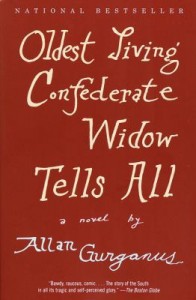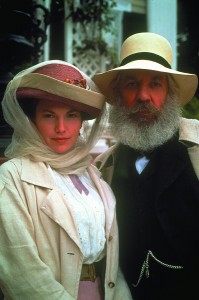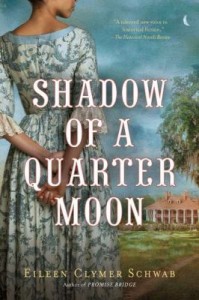 All that Tamsen Littlejohn has been brought up for, since her mother married Hezekiah Parrish, comes to this single moment in 1787 Morganton, North Carolina. Ambrose Kincaid, a twenty-nine year old heir to a Virginia fortune, has been enraptured by the portrait Parrish carries around of his stepdaughter. Kincaid has agreed to meet with the family in order to discover whether he and Tamsen will make a good match.
All that Tamsen Littlejohn has been brought up for, since her mother married Hezekiah Parrish, comes to this single moment in 1787 Morganton, North Carolina. Ambrose Kincaid, a twenty-nine year old heir to a Virginia fortune, has been enraptured by the portrait Parrish carries around of his stepdaughter. Kincaid has agreed to meet with the family in order to discover whether he and Tamsen will make a good match.
Sure that Kincaid will turn out to be a younger version of Parrish, Tamsen approaches the meeting reluctantly. However, she soon finds herself caught up in conversation with the young man and thinking that this might not be a bad match after all. Then Kincaid backhands his slave just for interrupting them. Tamsen believes this act has shown her Kincaid’s true nature and rushes from the table, right into the arms of Cade, a backwoods trapper and cattle drover.
Cade and his son, Jesse Bird, are caught off guard when the young lady runs into them, and Jesse can’t keep his eyes off her. Later that night, Jesse unknowingly halts Tamsen’s flight from her stepfather’s cruel rule. Realizing that Tamsen will not bend to her stepfather’s will, Tamsen’s mother decides to reveal a family secret, one she promised Parrish she would never reveal. Upset by Tamsen’s defiance and further angered by his wife’s disobedience, Parrish commits an unforgivable act. Knowing there is no way that she will be safe under her stepfather’s control, Tamsen decides that escape is her only option.
Unable to get Tamsen out of his head, Jesse Bird has discovered the cruelty that Tamsen and her mother have had to suffer living with Parrish. He offers to help Tamsen get away. They have no idea the amount of trouble that will follow.
The Pursuit of Tamsen Littlejohn is a tale of discovery. Tamsen will discover the kind of woman she is without the strong influence of her stepfather and possibly discover love along the way. On the other hand, Jesse, sure of the man he is, will discover the truth about his birth family and the meaning of selfless love.
Check this title’s availability in the UNC-Chapel Hill Library catalog.







